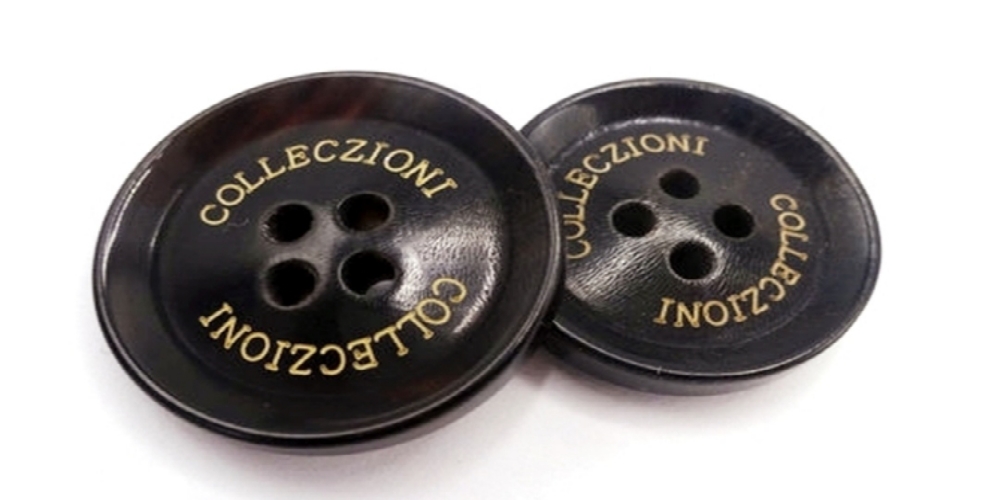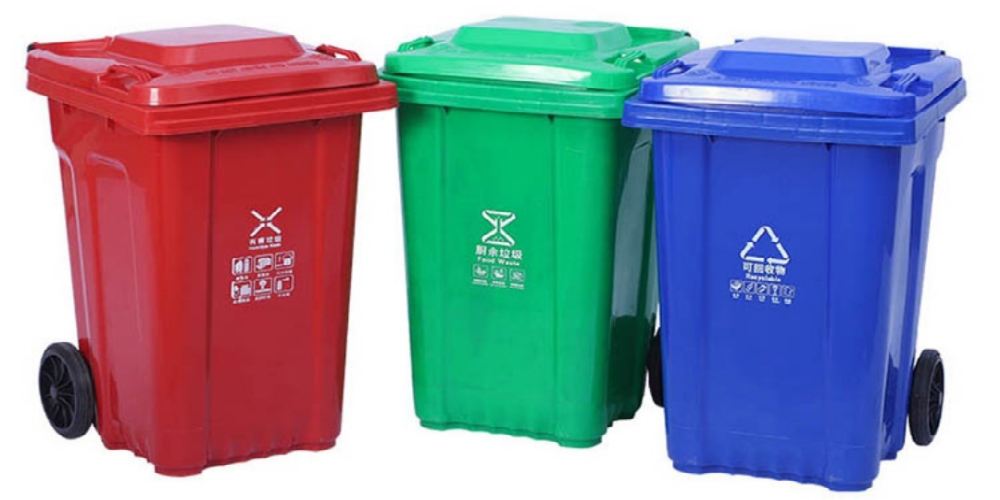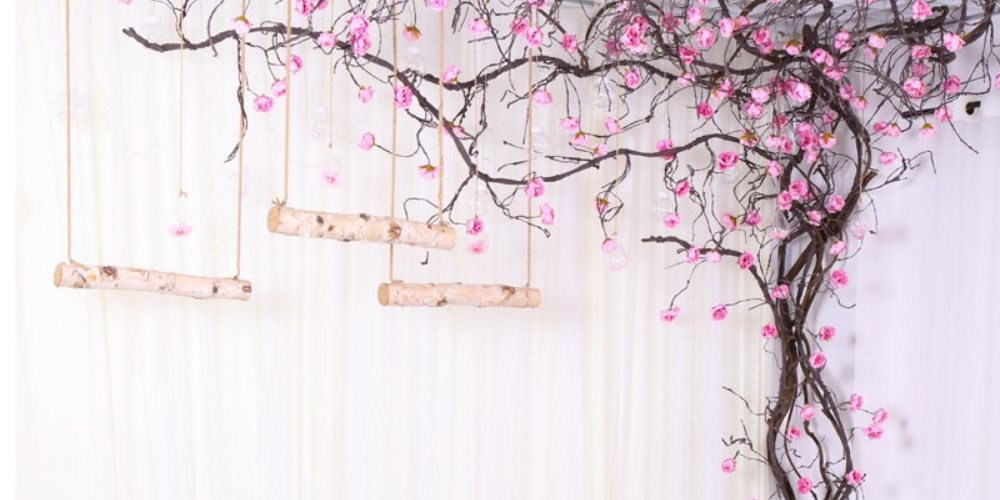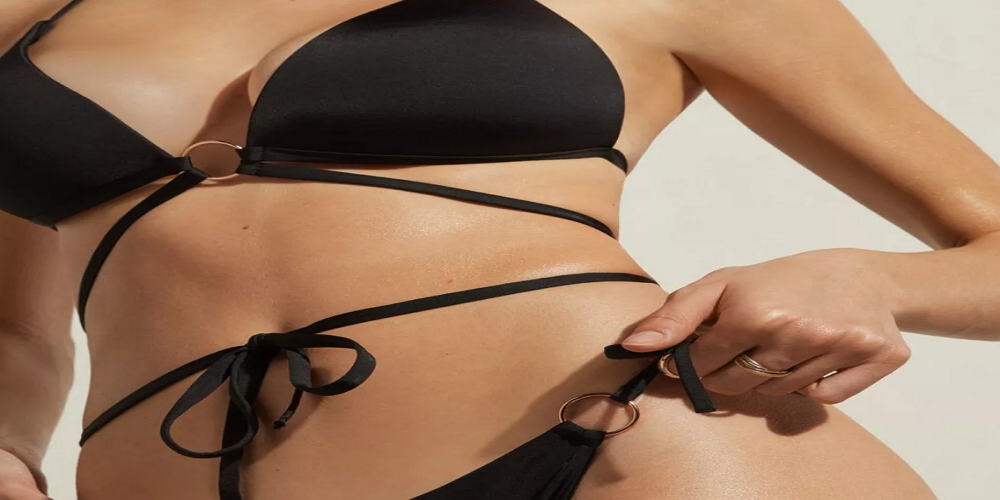It might be considered a small detail but a button is an integral part of the overall look of clothes. In the history of human fashion, buttons were initially made from bone and horn. They were very popular in the 14th century for clothing decoration purposes. By the early 20th century, the role of these buttons had shifted from mainly ornamental value to a functional one.
Characteristics of Horn Buttons?
A horn button is a by-product of keratin which is the main structural component of hoofs and horns. The animals commonly used for the manufacture of horn buttons are: buffaloes, cattle, sheep and deer. They are produced in different shades of brown. They possess a marble and organic texture.
Horn buttons are considered to have one of the most difficult production processes. A lot of these buttons are made by heating the material which is done to soften it. Once that is done, it is then cut and molded into a metal die. It can be further polished by hand or a lathe.
Animal horns are unique and these unique qualities are passed down and infused into the buttons as no two horn buttons look exactly alike. This affects the individual qualities of each button. The pattern, colour and structure are visibly different.
These buttons are incredibly strong as a by-product of keratin. They can withstand extreme pressure as this keratin is naturally made to withstand damage.
How to Differentiate a Horn Button from Plastic?
Some manufacturers design their plastic buttons to look exactly like horn so differentiating them might be a little problematic.
Horn buttons have a beautiful and brilliant look that might be difficult to imitate. Its finishing ranges from a well polished glow to a rough, deep look.
There are some simple ways to spot the difference:
- Horn is denser than plastic. When placed in water, a plastic button will likely float while a horn button will sink.
- Rubbing a plastic against an object such as a blanket or hair will create a static charge. Horn cannot produce a static charge.
- Plastics are made in molds. Looking closely at the item’s surface, you should be able to find a seam in the form of a thin line if the button is made from plastic. Sometimes it can also be felt by running your fingers through it.
- When inspected carefully, horn buttons will have an uneven texture because they are natural and have visible flaws. Plastic on the hand, will look flawless and smooth
- Horn has a solid feel and it will feel heavy to the touch. Plastic will have a lightweight feeling when held.
- Horn buttons have a matte finishing while plastic looks shiny.
- Horn buttons are stronger than plastic and do not tend to bend easily. Gently try to bend it and if it is bendable, it is likely plastic.
- When held up to the light, a horn button should have some amount of translucency.
- A horn button should cost more than a plastic one.
Conclusion
Although often underappreciated, buttons play a vital role in our clothes. They not only add to the aesthetics of the clothes but help to hold materials together. Horn button is made from a stronger material to ensure it last longer than those made from plastic.










